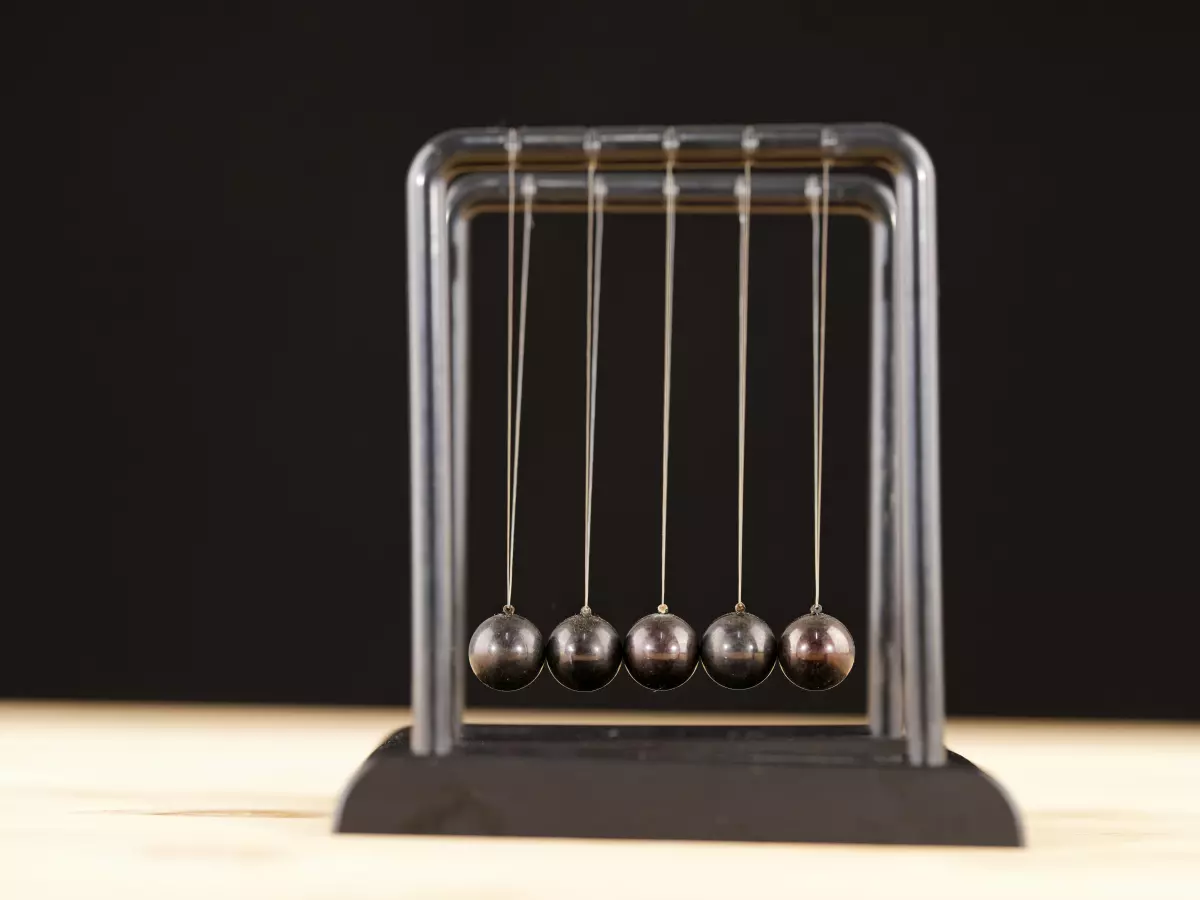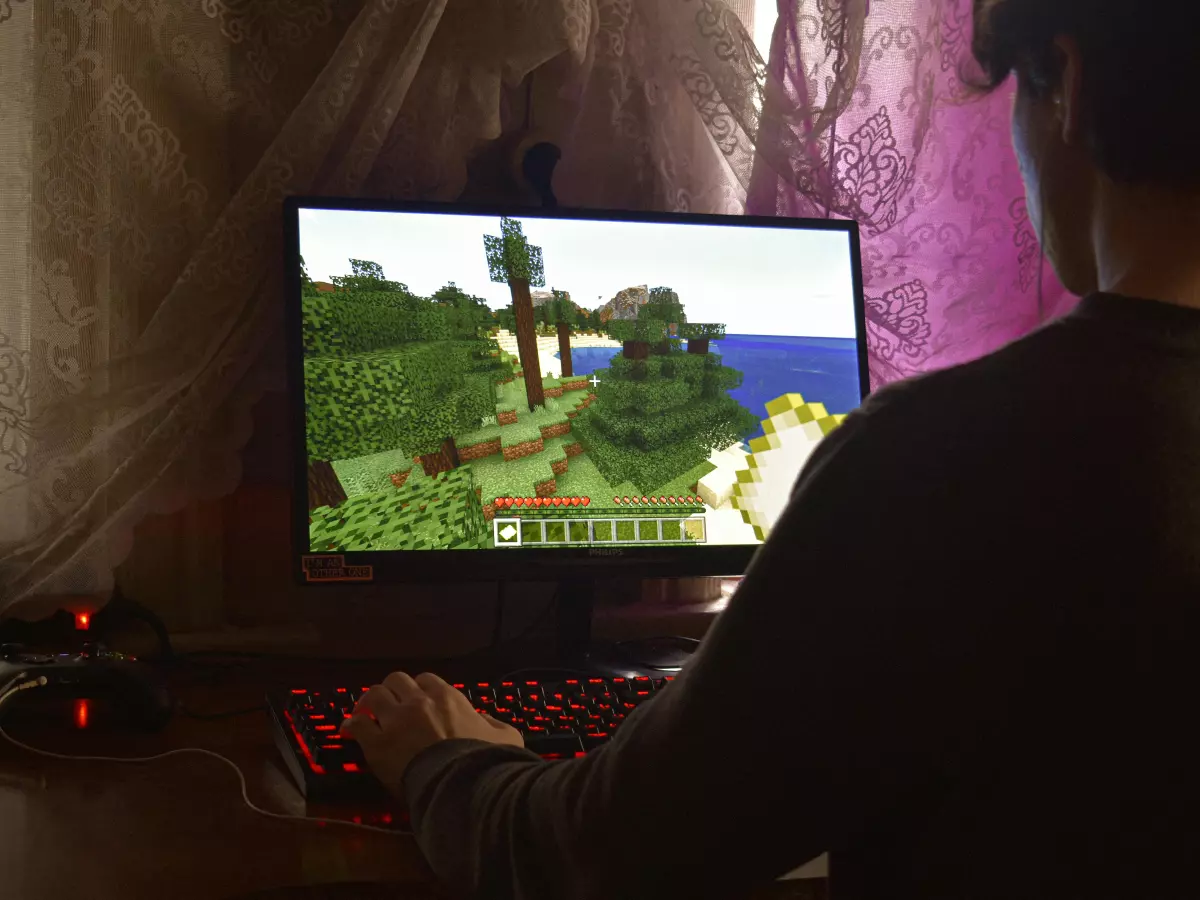Real-Time Hair Rendering
Think real-time hair rendering is just about adding a few strands and calling it a day? Think again. It’s one of the most complex challenges in gaming graphics.

By Alex Rivera
When you see a character in a game with flowing, realistic hair, you might assume it’s just another feature of modern game engines. But according to industry experts, hair rendering is a beast of its own. It’s not just about making hair look good—it’s about making it move, interact, and respond to the environment in real-time. And let me tell you, that’s no small feat.
So, why is hair so difficult to get right? Let’s break it down. Hair isn’t a single object; it’s thousands of individual strands, each with its own physics, lighting, and collision properties. Now imagine trying to simulate all of that in real-time while also rendering the rest of the game world. Yeah, it’s as crazy as it sounds.
The Physics of Hair
First off, let’s talk physics. Hair isn’t static—it moves with the character, reacts to wind, and even collides with objects. To simulate this, game engines use something called hair physics systems. These systems calculate how each strand of hair should behave based on forces like gravity, wind, and motion. But here’s the catch: these calculations are incredibly resource-intensive.
Most engines simplify the process by grouping strands into clusters, known as hair cards. Instead of simulating thousands of individual strands, they simulate a few dozen clusters. This reduces the computational load but comes at the cost of realism. That’s why even in high-budget games, hair can sometimes look stiff or unnatural.
Lighting and Shading: The Hairy Details
Next up is lighting and shading. Hair isn’t just a solid object; it’s translucent. Light passes through strands, bounces off others, and creates complex patterns of highlights and shadows. To replicate this, game engines use techniques like anisotropic shading, which simulates how light interacts with cylindrical surfaces like hair strands.
But anisotropic shading is just the tip of the iceberg. Developers also have to deal with subsurface scattering, which mimics how light penetrates and diffuses through hair. Combine that with the need to render reflections and refractions, and you’ve got a recipe for a GPU meltdown.
Collision Detection: A Tangled Mess
Now let’s add another layer of complexity: collision detection. Hair doesn’t just float in space; it interacts with the character’s body, clothing, and even other characters. To handle this, game engines use collision detection algorithms to ensure hair doesn’t clip through objects. But here’s the kicker: these algorithms have to run in real-time, which means they need to be both fast and accurate.
Unfortunately, achieving both is easier said than done. Many games opt for speed over accuracy, resulting in hair that sometimes clips through shoulders or helmets. It’s not perfect, but it’s a compromise that keeps the game running smoothly.
Why It’s Still a Work in Progress
So, with all this technology at our disposal, why isn’t real-time hair rendering perfect yet? The answer lies in the trade-offs. Game engines have to balance realism with performance. Every resource spent on hair is a resource that can’t be used for other aspects of the game, like environments, characters, or gameplay mechanics.
That’s why many developers prioritize other features over hair. After all, a game with mediocre hair but excellent gameplay will still be a hit. But as hardware improves and techniques like machine learning and real-time ray tracing become more accessible, we’re starting to see more lifelike hair in games.
The Future of Hair Rendering
Looking ahead, the future of hair rendering is bright—literally. Advances in GPU technology are making it possible to simulate more strands, more interactions, and more realistic lighting. Techniques like strand-based rendering, where each strand is individually simulated, are becoming more feasible. And with the rise of AI, we might soon see algorithms that can predict and simulate hair behavior more efficiently.
But perhaps the most exciting development is the integration of real-time hair rendering into VR and AR. Imagine a VR game where you can see every strand of your character’s hair move as you turn your head. It’s not just about visuals; it’s about immersion.
Full Circle: Why It Matters
So, why should you care about real-time hair rendering? Because it’s a testament to how far gaming technology has come—and how much further it can go. It’s a reminder that even the smallest details, like a strand of hair, require immense skill, creativity, and innovation to bring to life.
Next time you’re playing a game, take a moment to appreciate the hair. It’s not just a bunch of pixels; it’s a masterpiece of engineering. And who knows? Maybe one day, we’ll look back and laugh at how primitive today’s hair rendering techniques were. Until then, let’s enjoy the ride.





